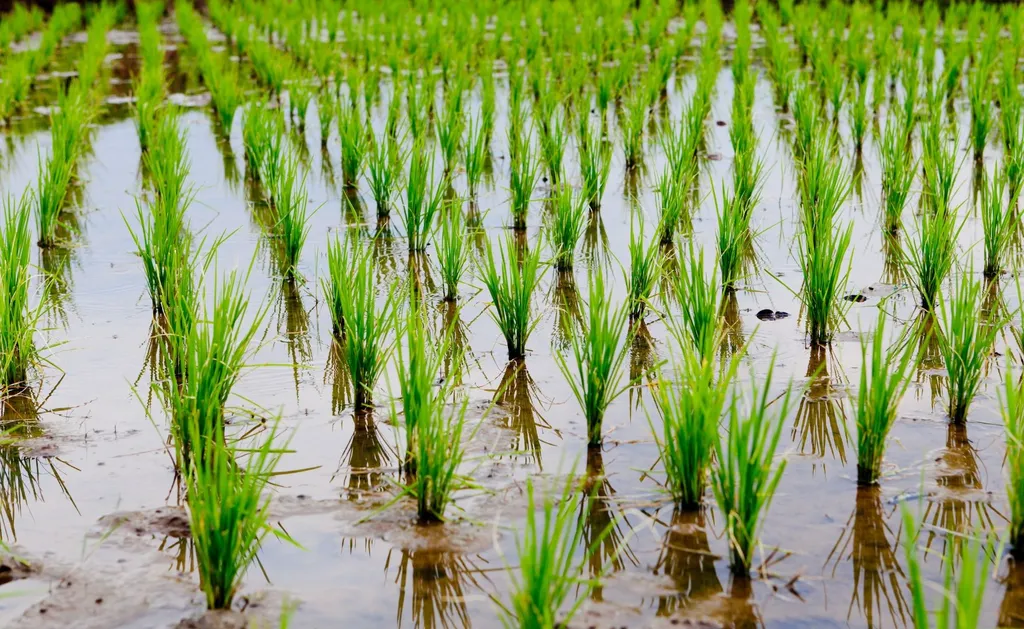In the heart of India’s rice-growing belt, a groundbreaking study has emerged, promising to reshape the way farmers tackle weeds in boro rice cultivation. Conducted over two seasons on the clay loam soils of Banaras Hindu University’s research farm, the study, led by Pramod Kumar from the Department of Agronomy, has revealed that the choice of rice cultivar and herbicide can significantly impact weed growth and rice yield.
The research, published in the International Journal of Bio-Resource and Stress Management, compared the efficacy of various herbicides under different boro rice cultivars. The findings are nothing short of transformative for the agriculture sector. “All herbicidal treatments were significantly superior to unweeded control,” Kumar asserts, underscoring the critical role of weed management in rice cultivation.
Among the cultivars tested, ‘Prabhat’ stood out for its superior weed control efficiency, while ‘Gautam’ delivered the highest grain yield of 4149.07 kg per hectare. The study also identified pretilachlor followed by azimsulfuron as the most effective herbicide combination, yielding 4353.51 kg per hectare, comparable to traditional hand weeding.
The commercial implications of these findings are substantial. The study revealed that the ‘Gautam’ cultivar, coupled with the optimal herbicide regimen, can boost net returns to ` 24898.94 per hectare, with a benefit-cost ratio of 1.19. Meanwhile, the pretilachlor followed by azimsulfuron treatment can further enhance profitability, with a net return of ` 27461.32 per hectare and a benefit-cost ratio of 1.32.
These insights could revolutionize weed management practices in boro rice cultivation, offering farmers a roadmap to maximize yields and profitability. As the agriculture sector grapples with the challenges of climate change and resource depletion, such studies provide a beacon of hope, guiding farmers towards sustainable and productive practices.
The research also opens avenues for future developments, such as the breeding of rice cultivars with inherent weed-suppressive traits and the formulation of tailored herbicide regimens. As Kumar’s study demonstrates, the intersection of cultivar selection and weed management holds immense potential for the future of rice cultivation.

